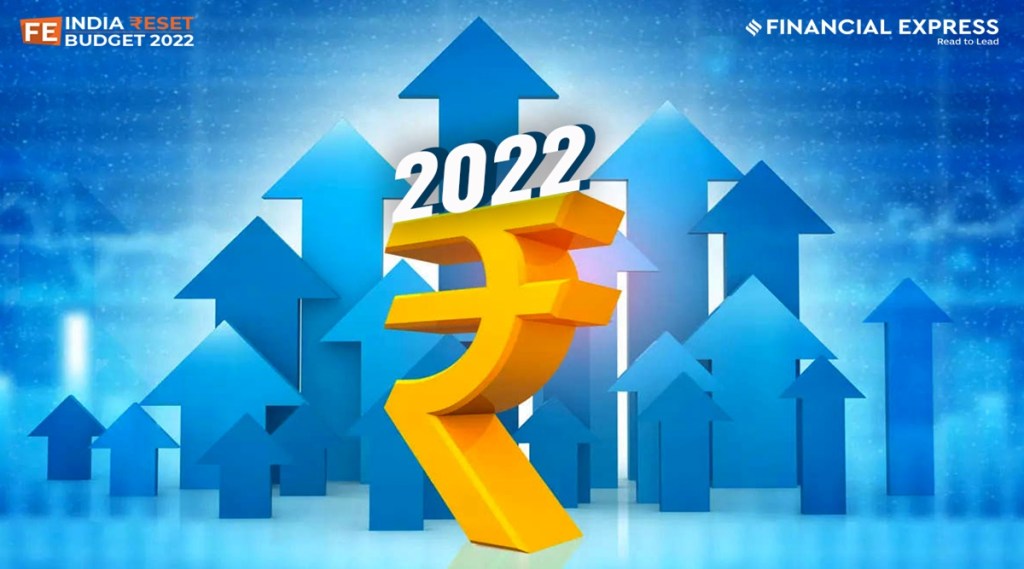Union Budget 2022 emphasized the growth story that was scripted a few years ago. The Budget also continues the credibility factor with revenue and expenditure numbers being practical and to some extent, conservative. On the back of buoyant direct and indirect tax collections (GST at highest ever at Rs.1.4 lakh crore in Jan’22) the Budget has been able to maintain stability in the tax regime. The government has recognized the need to push public capital investments to ensure pump-priming private capital investments.
The push for manufacturing in India was started earlier in the year with an Rs.2 lakh crores Production Linked Incentive (PLI) across 14 sectors and this budget provides Rs.19,500 crores towards high-efficiency solar modules and goes on to add 5G to the Telecom & Networking PLI. In a significant boost to the manufacturing sector, the FM is expecting the PLI schemes to generate fresh employment for 60 lakh people and see additional revenue of Rs.30 lakh crores over the next 5 years.
One of the interesting announcements was on virtual digital assets. The government played smart by announcing the launch of a Digital Rupee in FY23 and thereby sending a signal that Crypto would not be a currency. In parallel, virtual digital assets bought and sold through Crypto exchanges have been recognized as assets where capital gains would be taxed at a flat rate of 30% with no set-offs allowed for expenses.
The tax would also apply to the recipient of the gift of a virtual digital asset and any loss on transfer would not be allowed to be offset against any other income. Another development on the tax front is that the Surcharge on LTCG on all assets (ex-listed equity-like Real Estate, Debt, Unlisted Equity, etc) has been brought down to a flat 15% compared to the slabs that went up to 37%, bringing down the tax incidence by 2.29% to 4.58%.
While the equity markets closed 1.4% higher, the fixed income markets were spooked due to 44.2% higher net borrowings for FY23 at Rs.11.18 lakh crores compared to the revised estimates for FY22 at Rs.7.75 lakh crores. The 10-year G-sec was up 17 bps at 6.85% as the additional borrowings for FY23 would mean much more supply. Also, no announcement on the expected taxation parity with respect to the inclusion of Indian G-Secs in the global bond indices would have led to adverse sentiments.
Overall, this was a no-frills practical budget that continues with the impetus on growth through a capex increase of 35.4% over the previous year. It also possibly shows the government’s focus on growth and the comfort with a higher interest rate regime due to much higher net market borrowings.
By Nimish Shah, Chief Investment Officer – Listed investments, Waterfield Advisors

